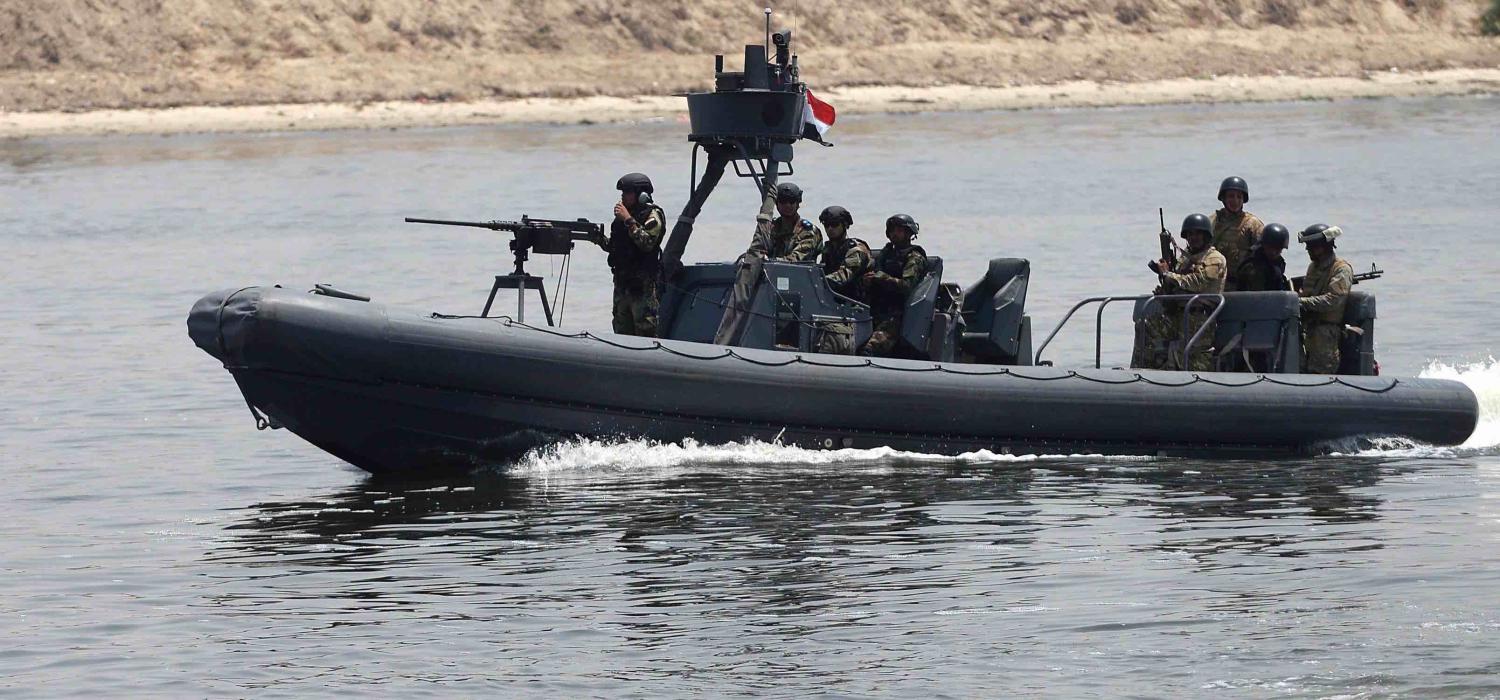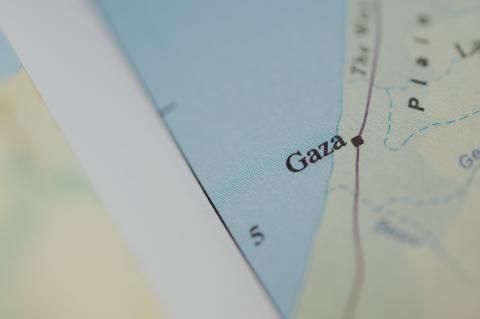Incumbent President of Egypt Abdel Fattah el-Sisi was re-elected for a second term in last week’s presidential election, winning 97% of the vote. Facing myriad internal and external security challenges, Sisi vowed to safeguard Egypt’s security during his election campaign. The country has already spent record figures on its military capabilities since Sisi came to office in 2014.
Much has been written about Egypt’s military build-up in relation to its campaign in the Sinai Desert, where its forces are battling an Islamist insurgency. But what foreign policy purpose does the military spending spree serve, and how will Egypt project its military force in the region in the coming years?
According to the Stockholm International Peace Research Institute (SIPRI), Egypt’s total international arms transfers (based on 1990 fixed prices) averaged $751 million per year between 1990 and 2013, and $1475 million per year since 2014. This spending pattern has earned it a spot in the top-five defense importers worldwide, according to the IHS annual Global Defence Trade Report.
Egypt has traditionally pursued a leadership role in the region, but has lost much of its influence in past decades as the Gulf and Levantine countries have come to dominate regional affairs. At the most basic level, Egypt’s recent military build-up must be seen as a means of balancing its economic weakness with military prowess, and of avoiding dependence on the largesse of wealthy Arab states, notably Saudi Arabia. Indeed, Sisi has repeatedly expressed his displeasure with this dependence on Saudi Arabia, which has provided Egypt with more than $30 billion since he came to office.
But the current accumulation of military force is not only about countering the hegemony of the Gulf states and securing Egypt’s strategic independence, but also about Egypt’s military capability at home and abroad. In a speech delieverd at the Third National Youth Conference in Ismailia last year, Sisi alluded to Egypt’s military capabilities as a way to fill the vacuum in the region, mentioning Syria, Libya, Yemen, and Iraq in particular.
In these conflicts, Egypt has so far preferred to conduct aerial strikes or support national factions, such as in Libya, or participate in international coalitions conducting low-risk operations, such in the Bab al-Mandab straits where its navy warships contributed to the Saudi-led campaign in Yemen. Egypt also unsuccessfully revived calls for a Joint Arab Force under the Arab League in 2015.
Three-quarters of the country’s total military expenditure in the past four years has been on fixed-wing aircrafts and ships. Since taking over the presidency, Sisi has begun a pronounced modernisation of Egypt’s navy, spending more on ships than all other Egyptian governments since 1990 combined.
According to a recent ranking by Global Firepower, Egypt now has the sixth strongest navy in the world and the only aircraft carrier in the region. The two Mistral aircraft carriers it bought from France in 2016 for $1.1 billion form the backbone of Egypt’s new Southern Fleet, the fourth Egyptian naval base in the Red Sea, inaugurated in January 2017 and based at the city port of Safaga.
The increasing military presence aims to maintain Egypt’s strategic dominance amid growing competition and tension in the Red Sea and Horn of Africa regions. In particular, Egypt is determined to safeguard traffic to the Suez Canal, its economic lifeline. To a lesser extent, the recent discovery of the Zohr gas field within Egypt’s Exclusive Economic Zone (EEZ) in the Mediterranean Sea provides another rationale for strengthening the country’s naval capabilities. The Zohr gas field is the largest to ever be found in the Mediterranean Sea, and is believed to contain as much as 30 trillion cubic feet of natural gas.
To Egypt’s south, its navy’s increased projection into the Red Sea coincides with Ethiopia’s challenge to Egypt’s hydro-hegemony over the Nile Basin. Tensions between both countries have risen over the use of Nile River water and Ethiopia’s decision to build Africa’s biggest hydroelectric dam on the river. The Grand Ethiopian Renaissance Dam (GRED) will be able to undermine the hydro-political status quo that for decades gave Egypt such disproportionate weight in regional politics. Treaties made in 1929 and 1959 give Egypt a right to the majority of the Nile’s water, and the country relies almost totally on the river for irrigation and drinking water.
Developments in the Nile Basin have catapulted water security to the top of Cairo’s foreign policy agenda in the past decade. Analysts have noted that Egypt’s new Rafale fighter would put the Renaissance Dam within striking range, although surface-to-air missiles near the GRED will make an actual strike risky. Negotiations have remained deadlocked since January, but President Sisi has toned down rhetoric of a military option.
The emergence of Ethiopia as a regional hegemon, as well as tensions in the Red Sea and the Bab al-Mundub straits, the Libyan civil war, and a more general assertion of Egypt’s strategic independence vis-à-vis the Gulf countries will drive its military spending in Sisi’s second term, and possibly beyond.

